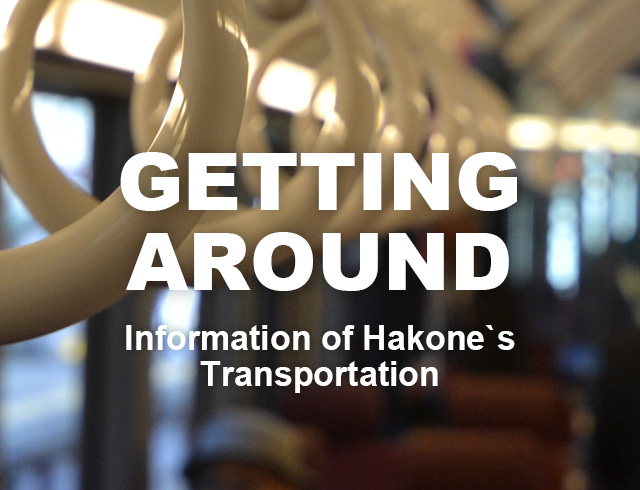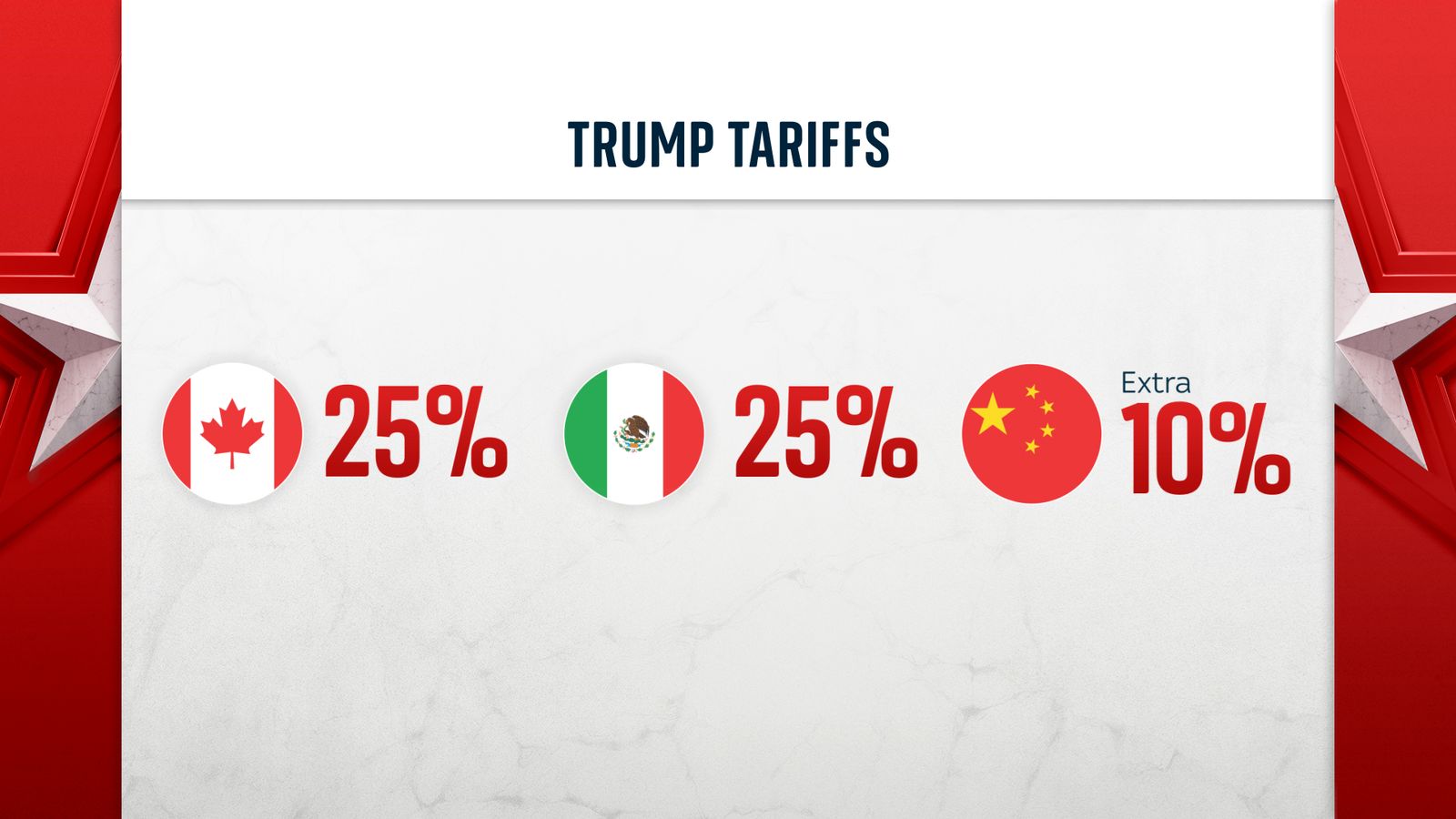Japan's Metropolis: Transportation, Navigation, And Getting Around

Table of Contents
Public Transportation: The Backbone of Japan's Cities
Japan boasts one of the world's most efficient and extensive public transportation networks. Understanding its intricacies is crucial for seamless travel.
Navigating Japan's Extensive Train Network
Japan's train network is a marvel of engineering and punctuality. Mastering it unlocks access to almost anywhere.
- JR lines: These are the national railway lines, including the high-speed Shinkansen (bullet train) for long distances and numerous local lines for shorter journeys within cities. The JR Pass can offer significant savings for extensive travel.
- Private railways: Major cities like Tokyo and Osaka have extensive networks of private railways, such as the Toei Subway and Tokyo Metro in Tokyo. These often interconnect with JR lines, providing comprehensive coverage.
- Suica/Pasmo cards: These rechargeable cards are essential for easy and efficient travel on most trains and buses. They eliminate the need for individual ticket purchases, saving you time and often money.
- Hyperdia app: This invaluable app provides real-time train schedules, route planning, and platform information, making navigating the complex network a breeze. It's a must-have for any Japan traveler.
- Understanding train schedules and platform numbers: Japanese trains are famously punctual, but double-checking schedules and platform numbers is vital, especially during peak hours.
Different train types offer varying speeds and costs. Local lines are slower and cheaper, while express and rapid services are faster but more expensive. Regional variations exist; understanding the local lines in your destination city is key. The Shinkansen, renowned for its speed and comfort, connects major cities across the country, offering a high-speed travel experience.
Buses: A Cost-Effective Alternative
Buses provide a cost-effective alternative to trains, particularly for reaching areas with limited train access.
- Bus routes and schedules: Bus routes and schedules are usually displayed at bus stops and online. Familiarize yourself with the route numbers and destinations before boarding.
- Bus pass options: Many cities offer day or multi-day bus passes, offering significant savings compared to paying per ride. These passes can be particularly useful for extensive sightseeing within a city.
- Using route maps and apps: Utilize bus route maps available at bus stops or on mobile apps to plan your journey effectively.
- Navigating during rush hour: Be prepared for crowded buses during peak hours (typically morning and evening commutes).
Buses are convenient for reaching areas not served by trains, including residential neighborhoods and some scenic spots. Always confirm the route number and destination before boarding to avoid mishaps.
Understanding Ticketing and Payment Systems
Efficient payment systems are integral to Japan's seamless public transport.
- Suica/Pasmo cards: These are the most convenient payment methods, offering seamless travel on most trains and buses.
- Rechargeable cards: Top up your Suica/Pasmo cards at vending machines located in stations or convenience stores.
- Ticket vending machines: These machines are usually easy to navigate, even with limited Japanese language skills. Look for English options.
- Purchasing tickets at stations: Station staff are generally helpful and can assist with ticket purchases.
- Using mobile payment apps: Some mobile payment apps like Apple Pay and Google Pay are increasingly accepted.
Using rechargeable cards like Suica and Pasmo offers convenience and often discounts compared to purchasing individual tickets. Remember to keep your card topped up to avoid any inconvenience.
Other Transportation Options in Japan's Cities
While public transport excels, other options cater to specific needs.
Taxis
Taxis are a convenient but more expensive option.
- Taxi fares: Fares are generally higher than other forms of transportation.
- Hailing taxis: Taxis are readily available, particularly in major cities. Look for the illuminated "Vacant" sign.
- Using taxi apps: Apps like Uber are gaining popularity but may not be as widely available as traditional taxis.
- Navigating in taxis: Having your destination written in Japanese or using a map app can help ensure a smooth journey.
Taxis are best suited for short distances or late-night travel when public transport is limited. Being aware of the fare structure is crucial. Basic Japanese phrases for giving directions can be helpful.
Cycling
Cycling offers a fun and efficient way to explore certain areas.
- Bike rentals: Bike rental shops are available in many cities.
- Bike lanes: Many cities have dedicated bike lanes, making cycling safer and more convenient.
- Cycling etiquette in Japan: Familiarize yourself with local cycling rules and etiquette.
- Safety considerations: Wear a helmet and follow traffic rules diligently.
Cycling is ideal for short distances and less congested areas. Remember to check for bike-sharing programs as well, offering a more affordable and convenient way to travel shorter distances.
Walking
Walking is a great way to explore many Japanese cities.
- Walkability of Japanese cities: Many city centers are highly walkable, with well-maintained pavements and pedestrian crossings.
- Using maps and navigation apps: Utilize maps and apps to plan your walking routes.
- Pedestrian crossings: Always use designated pedestrian crossings.
- Safety tips: Be aware of your surroundings, particularly at night.
Japanese cities are designed with pedestrians in mind, offering a pleasant walking experience in many areas. However, it's always wise to plan your routes and be mindful of traffic.
Navigation and Apps for Japan Transportation
Effective navigation is essential for smooth travel in Japan.
Essential Navigation Apps
Several apps simplify Japan transportation navigation.
- Hyperdia (trains): This app is indispensable for planning train journeys.
- Google Maps: Provides comprehensive maps and real-time information for various transport options.
- Citymapper: Another excellent option for multi-modal route planning.
- Local transit apps: Many cities have their own dedicated transit apps with specific information.
Using these apps can greatly improve your travel experience by providing accurate real-time information.
Understanding Japanese Addresses and Maps
Japanese addresses differ from Western systems.
- Japanese address format: Familiarize yourself with the Japanese address format (prefecture, city, ward, etc.).
- Using map references (cho, banchi): Japanese maps often use these references, which can be challenging for non-Japanese speakers.
- Asking for directions in Japanese (basic phrases): Learning a few basic Japanese phrases for directions can be very helpful.
Learning to use Japanese maps effectively is a useful skill. While many maps incorporate English translations, having a basic understanding of the address format is helpful.
Conclusion
Mastering Japan transportation is key to unlocking the full experience of its vibrant cities. From the efficient train networks to the convenience of buses and other options, navigating Japan doesn't have to be overwhelming. By utilizing the information and tips provided in this guide on Japan transportation, you can confidently explore all that Japan's metropolises have to offer. Remember to download essential navigation apps, familiarize yourself with ticketing systems, and be prepared to embrace the unique aspects of Japan's transportation culture. Plan your trip with confidence knowing you have the tools to conquer Japan transportation!

Featured Posts
-
 Rekord Teylor Svift 10 Let Bezuprechnykh Prodazh Vinilovykh Plastinok
May 18, 2025
Rekord Teylor Svift 10 Let Bezuprechnykh Prodazh Vinilovykh Plastinok
May 18, 2025 -
 Large Scale Reddit Outage Reported By Thousands Of Users
May 18, 2025
Large Scale Reddit Outage Reported By Thousands Of Users
May 18, 2025 -
 Maneskins Damiano Davids Jimmy Kimmel Live Performance A Recap
May 18, 2025
Maneskins Damiano Davids Jimmy Kimmel Live Performance A Recap
May 18, 2025 -
 Super Bowl Snub Kanye West Blames Taylor Swift
May 18, 2025
Super Bowl Snub Kanye West Blames Taylor Swift
May 18, 2025 -
 How To See Taylor Swifts Eras Tour Wardrobe Up Close Photo Guide
May 18, 2025
How To See Taylor Swifts Eras Tour Wardrobe Up Close Photo Guide
May 18, 2025
Latest Posts
-
 Dutch Viewpoint Against Eu Countermeasures To Trumps Tariffs
May 18, 2025
Dutch Viewpoint Against Eu Countermeasures To Trumps Tariffs
May 18, 2025 -
 The Netherlands And The Trump Tariffs A Nations Resistance To Retaliation
May 18, 2025
The Netherlands And The Trump Tariffs A Nations Resistance To Retaliation
May 18, 2025 -
 Analysis Dutch Opposition To Eu Response To Trump Import Duties
May 18, 2025
Analysis Dutch Opposition To Eu Response To Trump Import Duties
May 18, 2025 -
 Public Opinion In The Netherlands No Retaliation On Trump Tariffs
May 18, 2025
Public Opinion In The Netherlands No Retaliation On Trump Tariffs
May 18, 2025 -
 Poll Most Dutch Against Eu Retaliation On Trumps Import Tariffs
May 18, 2025
Poll Most Dutch Against Eu Retaliation On Trumps Import Tariffs
May 18, 2025
